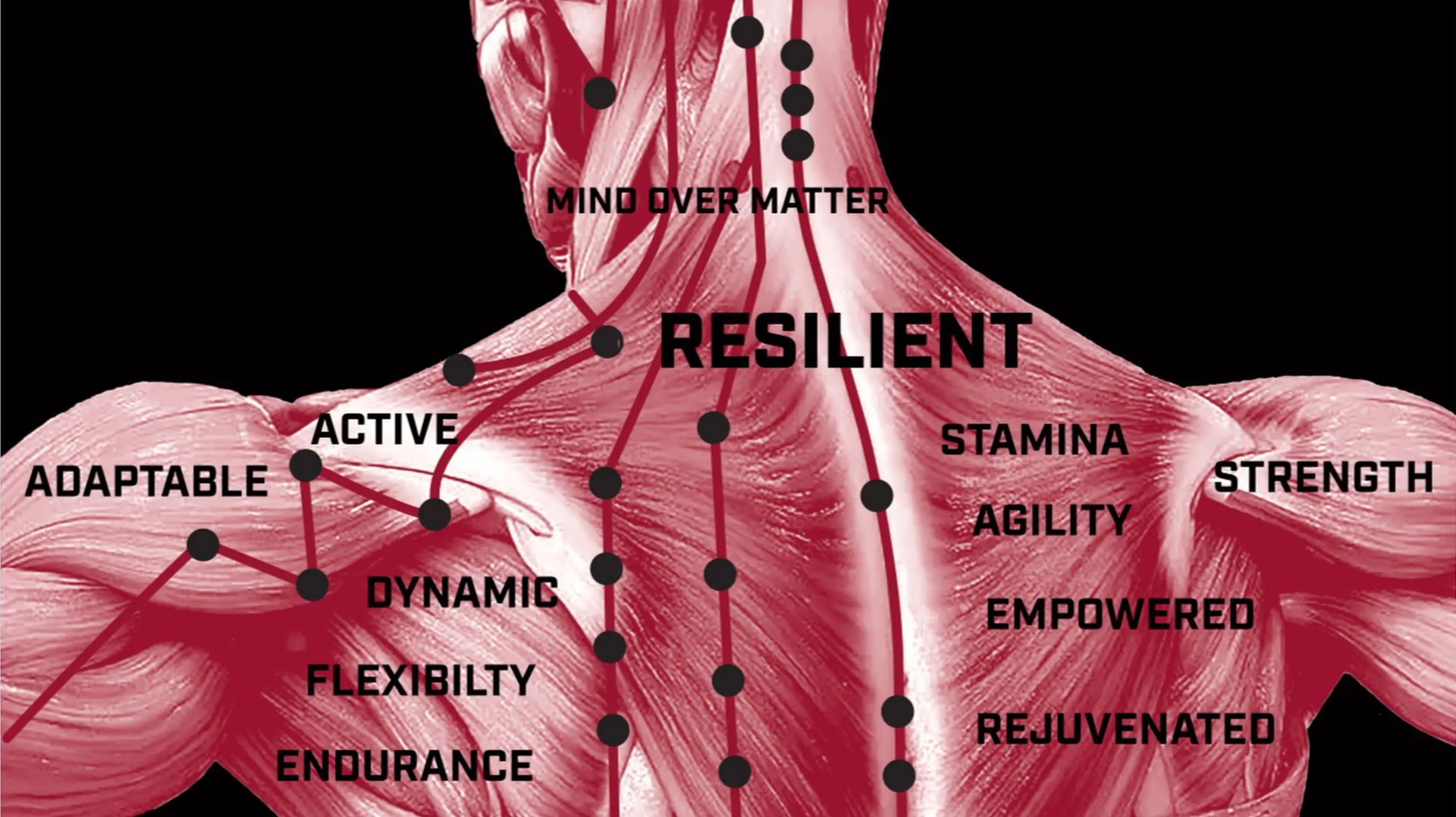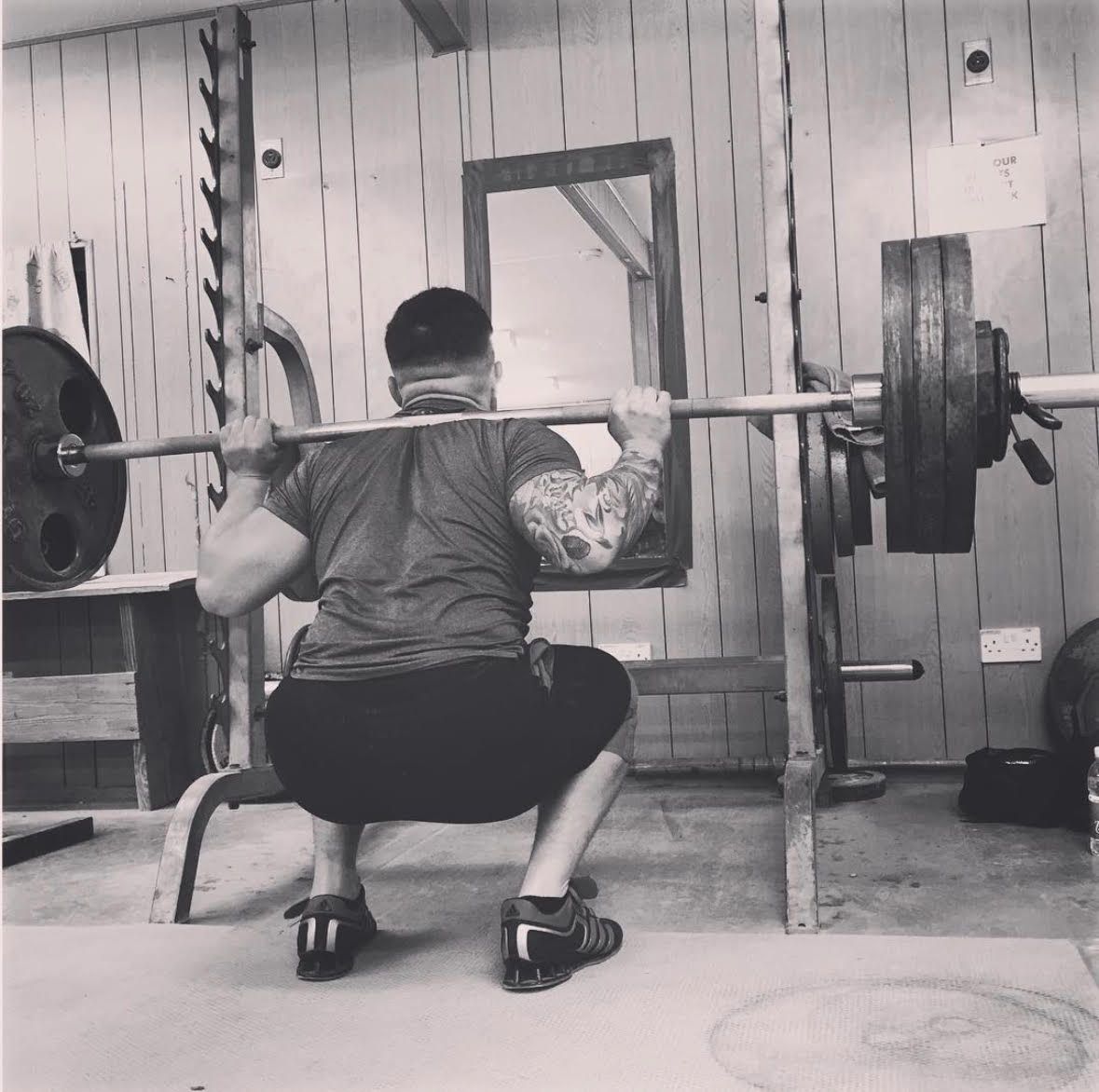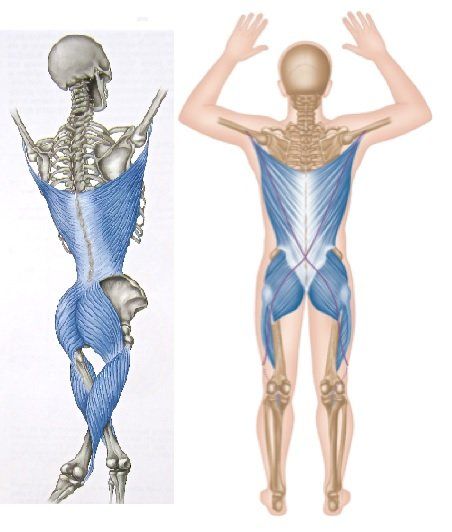Aquatics for Mobility: Unlocking the Benefits of Water-Based Exercise
Aquatic exercises offer a unique and effective way to enhance mobility. They leverage water's properties to improve range of motion (ROM), reduce joint pressure, and optimize movement dynamics. This blog delves into the science behind aquatic exercise and highlights how it can benefit individuals seeking to improve their physical health and mobility.
Enhanced Range of Motion
One of the primary benefits of aquatic exercise is its ability to enhance ROM significantly. The buoyancy provided by water reduces the effects of gravity, allowing individuals to move their joints more freely and with less pain. A study published in the Archives of Physical Medicine and Rehabilitation found that aquatic therapy improved ROM in osteoarthritis patients, reducing pain and increasing functional capacity (Al-Quattan, 2020). This is particularly beneficial for individuals with joint stiffness or limitations, as the water environment facilitates gentle stretching and movement that may not be possible on land.
Reduced Joint Pressure Through Buoyancy
The buoyancy of water plays a crucial role in reducing joint pressure during exercise. When submerged, the body experiences an upward force that counteracts gravity, effectively reducing the load on weight-bearing joints such as the hips, knees, and ankles. This reduction in joint pressure allows for safer and more comfortable movement, especially for those with arthritis, chronic pain, or after surgery. Research in the Journal of Orthopaedic & Sports Physical Therapy demonstrated that aquatic exercises significantly decrease joint stress, making it an ideal form of exercise for individuals with joint-related conditions (Hinman et al., 2017).
Movement Dynamics in Water
Water resistance, often referred to as drag, provides a unique challenge that enhances movement dynamics. This multidirectional resistance acts on the body from all directions, requiring muscles to work harder to perform movements. This increased resistance helps to improve muscle strength, endurance, and coordination. A systematic review in the International Journal of Aquatic Research and Education highlighted that aquatic exercises enhance proprioception and motor control, improving balance and overall mobility (Becker, 2009).
Study Findings on Aquatic Training
Assar et al. (2020) compared the effects of Total Resistance Exercise (TRX) and aquatic training on self-reported knee instability, pain, and stiffness in women with knee osteoarthritis. The study included 36 patients divided into three groups: aquatic exercises, TRX exercises, and a control group. Over eight weeks, TRX and aquatic exercises significantly improved knee instability scores, pain levels, and balance scores compared to the control group (Assar et al., 2020). However, TRX exercises improved quadriceps strength and knee flexion ROM more than aquatic exercises. These findings underscore the effectiveness of aquatic exercises in improving mobility and reducing pain and instability, highlighting the complementary benefits of land-based exercises like TRX.
Benefits for Various Populations
Aquatic exercises are versatile and can benefit a wide range of populations, including older adults, athletes, and individuals with disabilities. Water-based exercises offer a low-impact way for older adults to maintain mobility and prevent falls by improving balance and strength. Athletes can use aquatic training to enhance performance and aid in recovery, as the water provides a low-impact environment that reduces the risk of injury while still offering a challenging workout. For individuals with disabilities, aquatic therapy can offer freedom and increased mobility that may not be achievable on land.
Practical Applications and Examples
Aquatic Therapy for Rehabilitation
Aquatic therapy is often used in rehabilitation settings to help patients recover from surgery, injury, or chronic conditions. For example, patients recovering from knee or hip replacement surgery can benefit from the reduced weight-bearing environment, which allows them to begin moving and exercising earlier in their recovery process.
Water Aerobics
Water aerobics classes are a popular aquatic exercise form combining cardiovascular, strength, and flexibility training. These classes often include water walking, jogging, and resistance training using water weights or noodles.
Swimming
Swimming is a full-body workout that enhances cardiovascular fitness, muscle strength, and flexibility. It is an excellent option for individuals looking to improve their mobility and physical health.
Conclusion
Aquatic exercises offer many benefits for improving mobility, including enhanced ROM, reduced joint pressure, and optimized movement dynamics. By leveraging the unique properties of water, individuals can achieve greater freedom of movement and overall physical health. Whether through aquatic therapy, water aerobics, or swimming, incorporating aquatic exercises into a fitness routine can substantially benefit various populations. By embracing aquatic exercise's advantages, individuals can unlock new levels of mobility and enjoy a healthier, more active lifestyle.
References
- Al-Quattan, K. (2020). The effects of aquatic exercise on a range of motion and pain in patients with osteoarthritis. Archives of Physical Medicine and Rehabilitation, 101(4), 665-672.
- Assar, S., Gandomi, F., Mozafari, M., & Sohaili, F. (2020). The effect of Total resistance exercise vs. aquatic training on self-reported knee instability, pain, and stiffness in women with knee osteoarthritis: a randomized controlled trial. BMC Sports Science, Medicine, and Rehabilitation, 12, 27. https://doi.org/10.1186/s13102-020-00175-y
- Becker, B. E. (2009). Aquatic therapy: Scientific foundations and clinical rehabilitation applications. PM&R, 1(9), 859-872.
- Hinman, R. S., Heywood, S. E., & Day, A. R. (2017). Aquatic physical therapy for hip and knee osteoarthritis: Results of a single-blind randomized controlled trial. Journal of Orthopaedic & Sports Physical Therapy, 47(6), 402–413.









